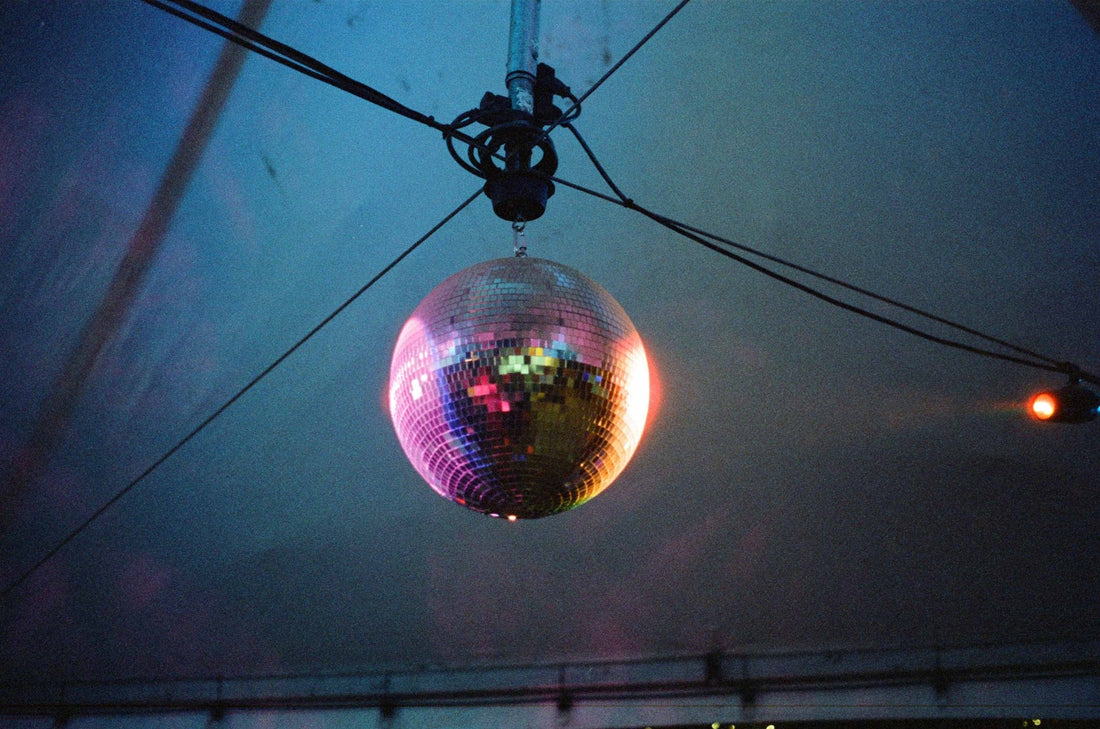
What is aperture on a film camera?
Understanding how your film camera works can open up exciting creative opportunities in your photography. Want to take a portrait where everything but the subject is blurred out? How about a cityscape where every detail is in crisp focus? Aperture is the key to unlocking these creative choices.
Inside of your film camera's lens are a series of blades that open and close. These aperture blades control the amount of light that reaches the film loaded into the camera. The larger the opening, the more light that is able to reach the film. These different settings on your lens are called F-Stops.

Low F-Stops
The lower you set the F-Stop setting on your lens, the wider the aperture opening will be. An F-Stop setting of 1.8 will most likely be as wide open as you can set your lens. The fully open aperture blades allow the maximum amount of light to hit your film.
These low F-Stop settings are great for getting enough light to expose your film, but they come with one drawback. The amount of image that is in focus decreases as you lower your F-Stop. This is called depth of field.
So, if you are trying to take a portrait with a blurred background, you will want to lower your F-Stop and make sure to set your focus on the subject.

High F-Stops
If you are in a bright location, you may want to limit the amount of light that exposes your film to prevent over exposure. To do this you will want a higher F-Stop setting so that the aperture blades create a smaller hole for the light to go through. Somewhere around an F-Stop setting of 11 is a good place to start.
Higher F-Stop settings can also be used to increase your depth of field. If you have a group of people and want to make sure that they are all in focus or if you want to shoot a far away landscape, you should try an F-Stop of 11 or higher to increase the amount of focus in your image.
